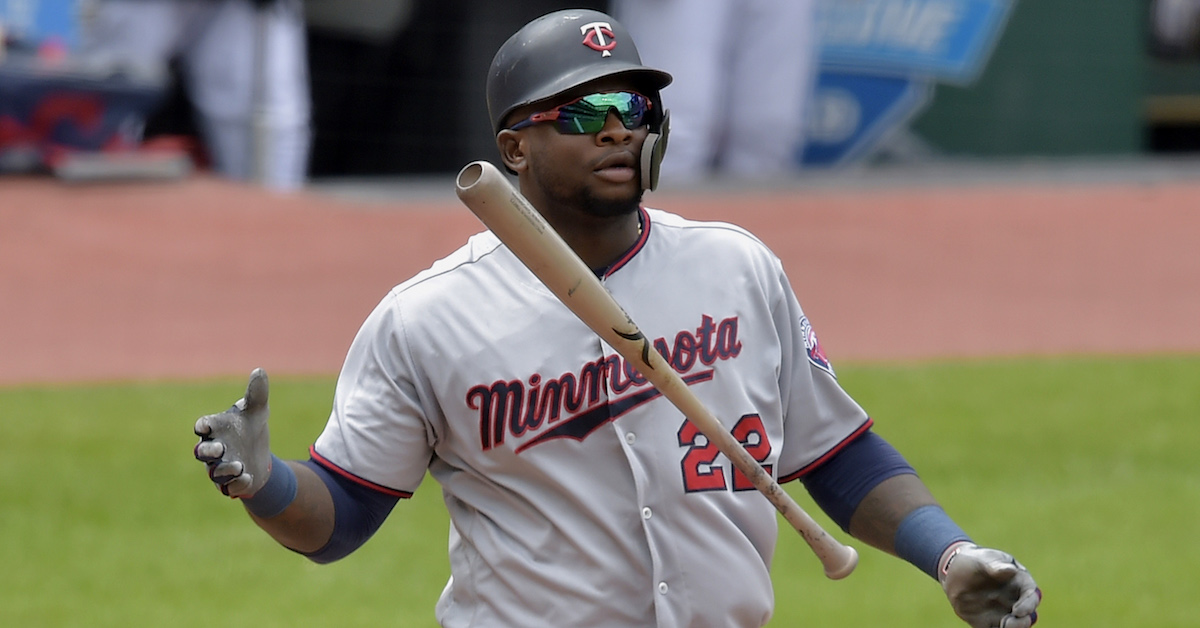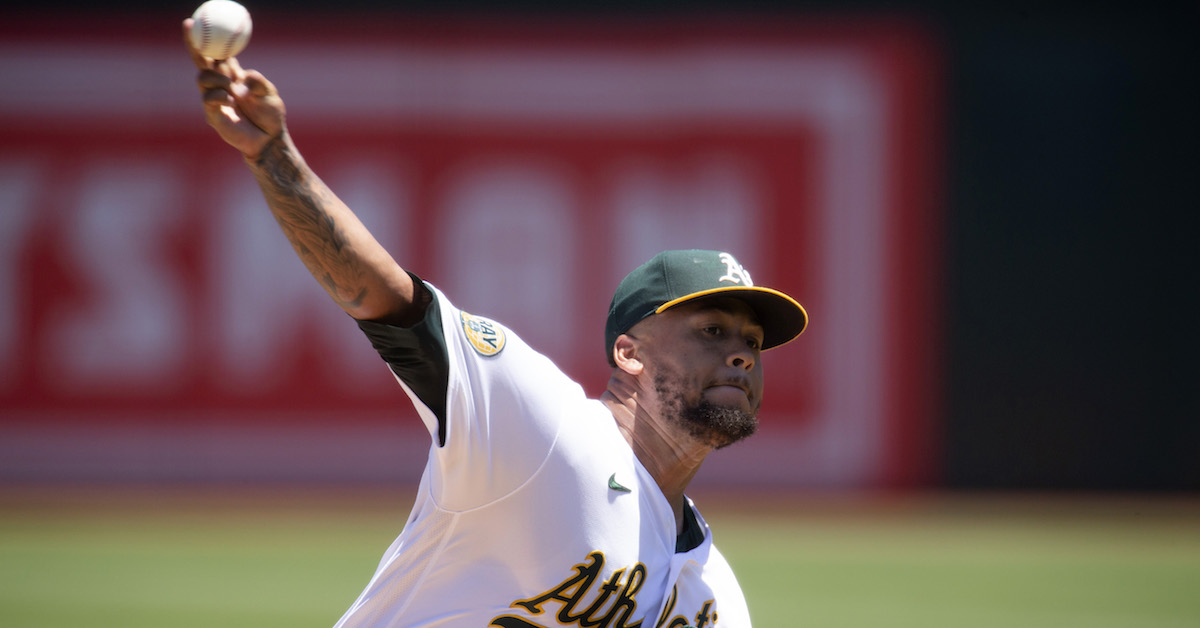Sunday Notes: Royals Rookie Michael Massey Had a Benevolent Grandmother
Back in the 1950s, Hall of Fame slugger Ralph Kiner famously said that “singles hitters drive Fords and home run hitters drive Cadillacs.” Michael Massey’s grandmother may or may not have been familiar with the quote, but she did her best to send the 24-year-old Kansas City Royals rookie down the right road. I learned as much when I asked Massey about his first big-league blast, which came on August 18 against the Tampa Bay Rays at Tropicana Field.
“What I thought of when I hit it was my nana,” said Massey, who grew up in the Chicago area and went on to play his college ball at the University of Illinois. “She passed away toward the end of last season — she was 93 — and growing up she’d always give me a hundred bucks for every home run I hit. She loved it when I hit home runs, and did that for every league I played in.”
Massey has never tallied up his earnings from over the years, although he does acknowledge that the benevolence was bountiful. Along with his homers in youth leagues, high school, and college, he left the yard 21 times in High-A last year.
His grandmother — his mother’s mother — escaped Illinois winters by vacationing in Florida, and eventually became a snowbird. That the Sunshine State became her “favorite place in the world” made Massey’s first MLB home run even more special. And the memories include much more than money. The family matriarch regularly played whiffle ball with him when he was growing up, and she wasn’t just a fan of her grandson. She loved baseball. Read the rest of this entry »







